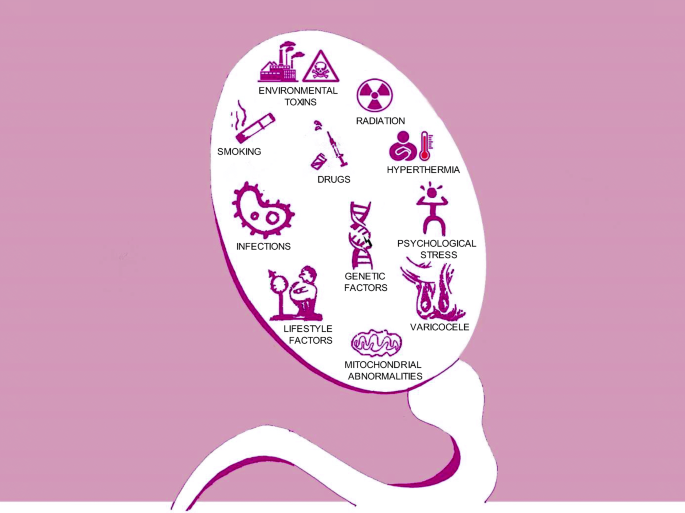
Factors That Hinder Conception
Infertility is described as not being able to conceive within a year despite having sexual intercourse at sufficient frequency without any contraception method. Today, only 15 out of every 100 couples who want to have a child can achieve their goal of becoming parents within the first month; this figure reaches to 60 at the end of Month 6 and to 85 at the end of one year. 15 out of every 100 women who cannot achieve conception seek medical attention. In this case, age and the frequency of sexual intercourse are the most critical factors.
In our country and around the world, medical examination, treatment and follow-up of couples who fail to conceive bring about economic burden on families. As it is an expensive therapy, both international and domestic insurances are insufficient in terms of financial support and the families are obliged to pay therapy costs.
4 FACTORS
For couples who fail to conceive, a detailed investigation should be done before the therapy. Both woman and man should be examined. Causes of infertility can be divided into four groups. Those are male factor, female factor, tubal factors and unexplained or idiopathic factors.
Male factor: It is important to obtain a very comprehensive medical history before laboratory tests. Current medications, previous genital surgeries, smoking and alcohol consumption, working conditions, potential chemical exposures in the workplace and the presence of stress should be investigated. Next, semen analysis is the sole and most important test. After sperm specimen is analyzed at the laboratory, a report indicating sperm count, motility and quality is issued and results are evaluated by the doctor.
Female factor: As is the case with men, the first step is a comprehensive medical history for woman. In addition to the investigations made for man, age at menarche, menstrual pattern, volume of menstrual bleeding and presence of menstrual pain should be investigated carefully. Menstrual pains may be related to endometriosis. It is required to investigate history of intrauterine device (spiral), vaginal discharge and pelvic pain. Abnormal hair growth on the body or hair loss should be addressed. Milky nipple discharge may be related to high prolactin level. Independently from socioeconomic status, an important deficiency in our country is the fact that the women do not use a period tracker or diary.
Baseline Laboratory Tests For Female Factor: Routine blood tests, blood type and FSH, prolactin and E2 should be analyzed in first days of the period. Also, rubella and chicken pox screening should be done. If results are negative, relevant vaccines should be considered before the conception. Progesterone can be tested on day 21 of the period. Clomiphene Challenge Test (CCT) –assessment of ovarian reserve- or AMH (Anti-Müllerian hormone) test can be done, if required.
Tubal factor: Another test that should be done before a therapy is started is Hysterosalpingography (HSG) that provides information regarding the fallopian tubes serving as a connection between the ovaries and the womb, where fertilization occurs. Since the procedure is associated with pain for woman, you and your doctor may consider administration of an anesthetic agent. To look inside the womb and treat possible problems, hysteroscopy can also be considered during the test stage to visualize the cavity of the womb with a camcorder.
After all these tests are done and the couples who fail to conceive are examined, the treatment can be planned. The first thing that couples should know when visiting the doctor is that the therapy requires patience, strength and support. As the therapy is a long-term process, stress factor is an issue particularly for woman. Negative impact of stress on woman’s reproductive health is inevitable. It is important to reduce the stress factor during the therapy. Furthermore, psychological support can be beneficial in this process.
The In Vitro Fertilization implies fertilizing a human oocyte with a human sperm at the laboratory settings and transferring the resultant embryo into the womb.
The robotic rehabilitation is a treatment modality used to restore the walking ability in patients with total or partial loss of the gait function. The robotic rehabilitation is an evidence-based treatment that also involves virtual reality processes.
All pre-and post-operative procedures of the kidney transplant are extremely crucial for the health of both the recipient and the donor.
The check-up examinations allows treatment of the diseases successfully before the condition progresses to the symptomatic stage, as it ensures early diagnosis of many diseases.
An aesthetic look is important for most women. Certain processes that can cause deformities in women's body can make them feel unhappy and desperate.
Breast cancer is the most common type of cancer in women not only in our country but also worldwide.
As coronavirus (COVID-19) pandemic progresses, scientists teach us more about the virus and how it progresses.